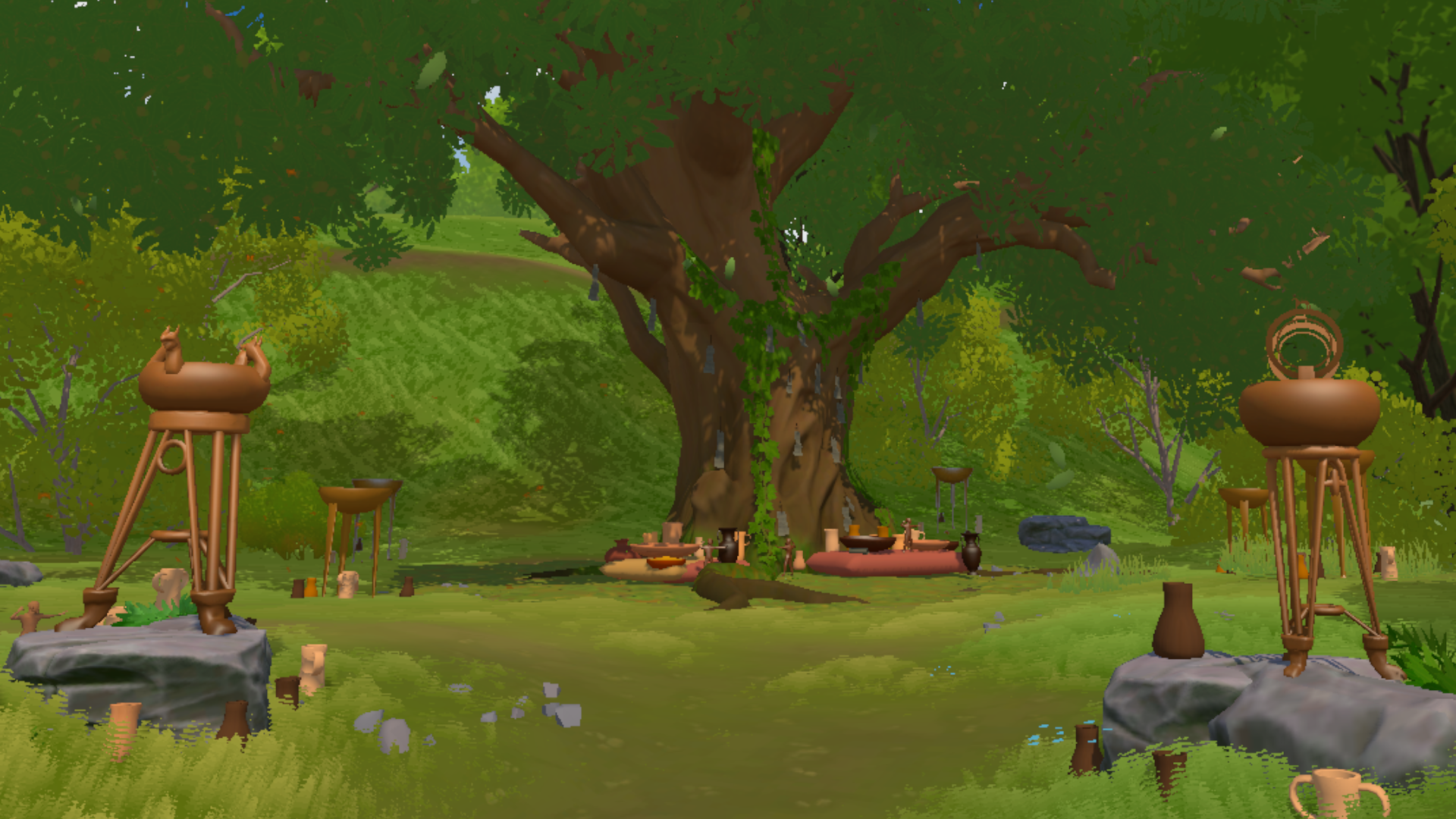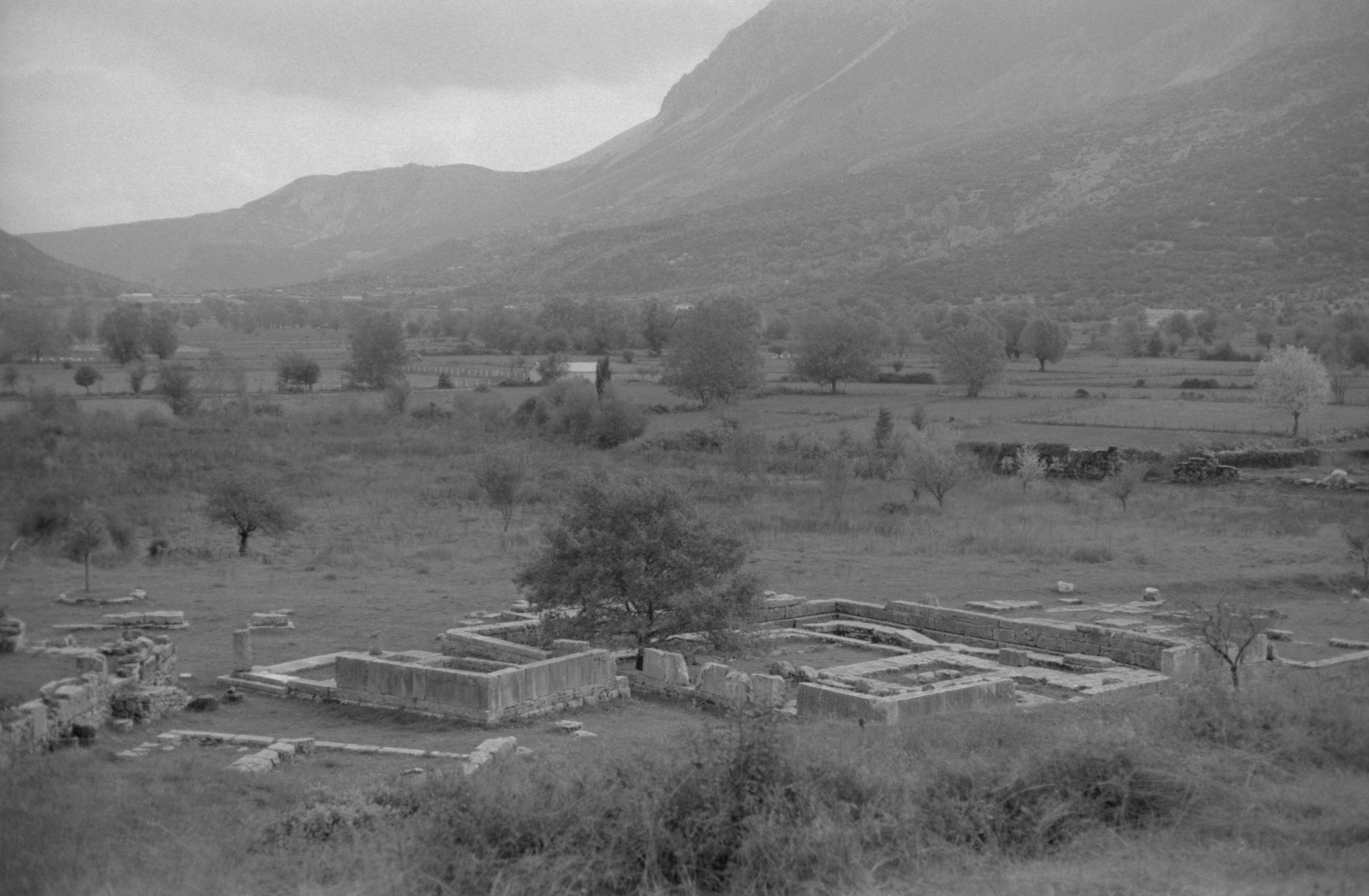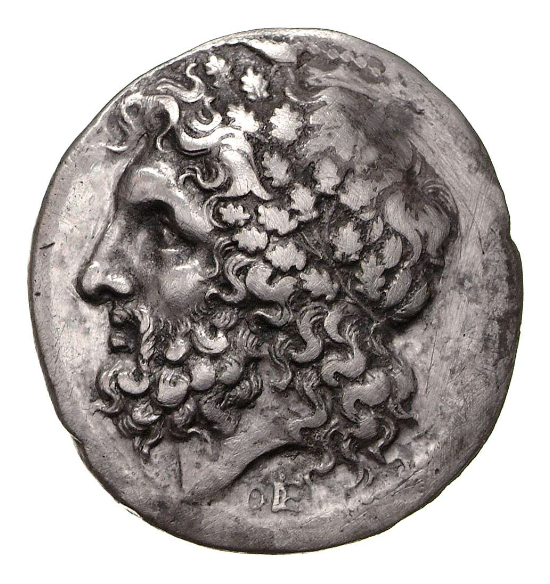Historical Resources
Dodona's Sacred Oak Tree

The sacred oak tree of Zeus at Dodona is mentioned in almost every ancient source that describes the oracle, and evidence shows that it was regarded as important. Nevertheless, very little is known about either its ritual function or even what species of oak it was.
Our earliest references imply the oracles of Zeus were delivered by the tree itself. This is the case in Homer’s Odyssey, when Odysseus claims to have heard ‘the will of Zeus from the high-crested oak of the god’ (14.327-30), as well as in Plato’s Phaedrus, where Socrates’ outlines a similar view: ‘they used to say, my friend, that the words of the oak in the holy place of Zeus at Dodona were the first prophetic utterances’ (275). The Argo, the ship that carried Jason and the Argonauts, supposedly contained timber from the sacred oak that could also ‘talk’. A fragment from a play by Aeschylus (fr. 20) describes how ‘the holy speaking beam of the Argo groaned aloud.’

Source: Arachne (dainst.org)
By the fifth century, there is some suggestion that Zeus’ priestesses use the tree to prophesy. In Sophocles’ Trachiniae (155-172), Herakles claims to know his fate because ‘the ancient oak at Dodona had once told him through the mouths of the two Peleiades.’ But even when the tree itself is not ‘speaking’, it retains a significant role. In the Catalogue of Women (fr. 181), attributed to Hesiod, the tree is the dwelling place for Zeus’ priests. In later sources, it appears as the focus of foundation stories: e.g., in the Histories, Herodotus reports one account that tells how a black dove came to rest on the tree and ‘uttered … human speech, declaring that there must be there a place of divination from Zeus’ (2.54-55). Later sources continue to refer to the sacred tree, noting its age and role in relation to Dodona’s foundation myths (Strabo 7 fr 1c and 2).
Archaeological finds from the sanctuary provide further evidence for the tree’s perceived importance. These include dedications dating to the 3rd century BCE in the form of bronze oak branches, leaves and acorns, along with bronze-sheet reliefs of oak trees and their leaves. As Dodona grew in political importance, the tree became a regional symbol: coins dating to the 3rd century BCE, possibly minted by the Epirote League, depict either Zeus crowned with an oak wreath, or a bull encircled by an oak wreath.

Source: Münzkabinett Online Catalogue
What kind of oak tree this was remains a question. In the late 1960s, Parke argued that the tree may have been a Valonia oak, or quercus macrolepis, a species that now also incorporates quercus aegilops. This type of oak is semi-evergreen and so would lose its leaves in late winter or early spring. The species is known for its large acorns, and can reach heights of around 24 meters, although not in arid soil. As part of the background research for the Virtual Reality Oracle, scholars suggested to the project team that the Dodona oak was likely to be a Macedonian oak (quercus trojana) or a Downy oak (quercus pubescens), which can grow into truly monumental trees and attain a great age. It is thought likely that the oak was a maiden tree, meaning it was allowed to grow without being pollarded because it was sacred to Zeus.
In his commentary on Virgil’s Aeneid (3.466), composed in the late fourth century CE, Servius describes how the tree was uprooted by an Illyrian bandit called Arces, but without giving an indication of the date; others have argued that the tree was more likely to have fallen at the hands of Christians, perhaps in response to legislation banning pagan rituals. A replacement oak tree now stands in the vicinity of the ancient tree.
We are very grateful to Dr. Kalliopi Stara at the University of Ioannina for her input in the creation of this webpage.
References
- Korakes, G. 2015. Dasike Botanike: Autofue Dentra kai Thamnoi Tes Ellades. Sundesmos Ellenikon Akademaikon Bibliothekon.
- Parke, H.W. 1967. The Oracles of Zeus: Dodona, Olympia, Ammon. Oxford: Blackwell.
- Rackham, O. 2015. ‘Greek Landscapes: Profane and Sacred’, in Human Development in Sacred Landscapes: Between Ritual Tradition, Creativity and Emotionality, edited by L. Käppel and V. Pothou, 35-50, Goettingen: V & R unipress.
- Stara, K., R. Tsiakiris & J.L.G. Wong. 2015. ‘The Trees of the Sacred Natural Sites of Zagori, NW Greece’. Landscape Research, 40 (7), 884-904.